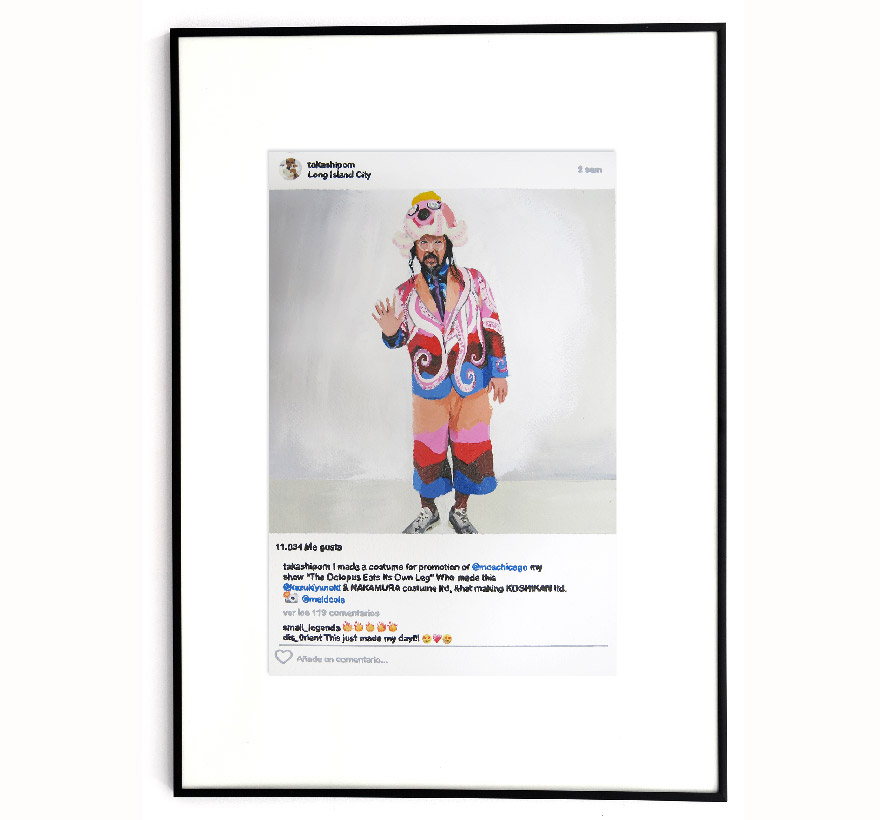RRSS
16/03/2017 - 13/05/2017
Ana Riaño
In the RRSS (Social Networks) project I want to investigate the confluence of two different phenomena. The first one is the construction of identity as an artist. With the emergence of postmodernism and after the trans-avant-garde, the identity of the artist, the work, the art world, etc. have been put in brackets that have not yet been opened. In that sense, from the first courses of the Faculty, those of us who have decided to belong to the art world in some way, are instilled with certain doubts about what it means to belong to it.
Somehow, we become artists without knowing what the process of becoming one really is, without knowing the paths we have to follow. However, at the same time, we are taught that we have to project a more or less determined image of ourselves to the other agents of the art world, be they gallery owners, museums, press, other artists, etc. It is true that in the years of training, apart from issues related to your work, you acquire knowledge that in principle should help you when “selling your work”, publicizing your work, etc. This is something that is also identified once you leave the university behind and when you start your artistic career.
In conversations with other artists, with gallery owners, in residencies in art centers, there is always a conversation present: how to advertise yourself, how to emerge, how to make them know about you and your work. What is interesting about this phenomenon (and here I introduce the second element) is its confluence with the new fashion of the so-called RRSS. In this new and technological aspect of our identity, there are in general some movements that are enormously interesting (opening your intimacy to third and unknown people, management of your own image, naturalness or artificiality in your own statements) that when crossed with the above mentioned multiplies its interest.
The question is, what image do artists, gallery owners, museum directors, art critics, etc. project in the virtuality of social networks, and what image could deceased artists who did not coexist with the new technologies project? It is to illustrate this that I have conceived the RRSS project. It consists of different pictorial pieces in which I portray social network statuses of artists, gallery owners, museum directors, art critics, and other social agents of my environment, i.e. phrases, ideas, photos, posted by them on Facebook, Twitter, videos uploaded to YouTube, etc.
On the other hand, sometimes the admiration for an artist also comes from his biography, so in this way I present a semi-real biographical part of Ingres and Dora Mar, generating inexistent screenshots of his life if they coexisted with new technologies and social networks. In this way I intend that reality and fiction merge on the same plane of meaning.

